Large hard coral colonies are not only a very good sign of proper reef health, they are also a mesmerizing sight when they allowed to grow to full size. These majestic coral colonies are getting hard to find so we’re not only happy to see these majestic colonies which are usually associated with great reef sites, we’re up for a treat exploring the associated life within them.
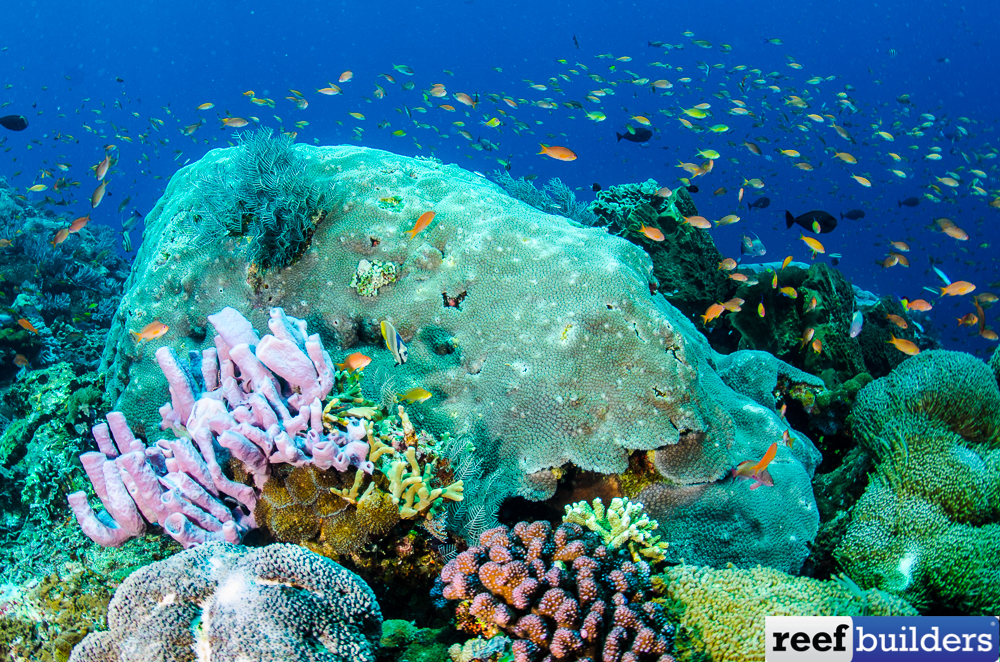
Under appreciated species
Galaxea fascicularis and Galaxea astreata are the two species that we still commonly find developing into gigantic colonies. Galaxea are not really the most popular aquarium corals, especially for a well deserved aggressive reputation and a tendency to produce very long defensive, sweeper tentacle, and sting all corals within 15 cm surrounding them.
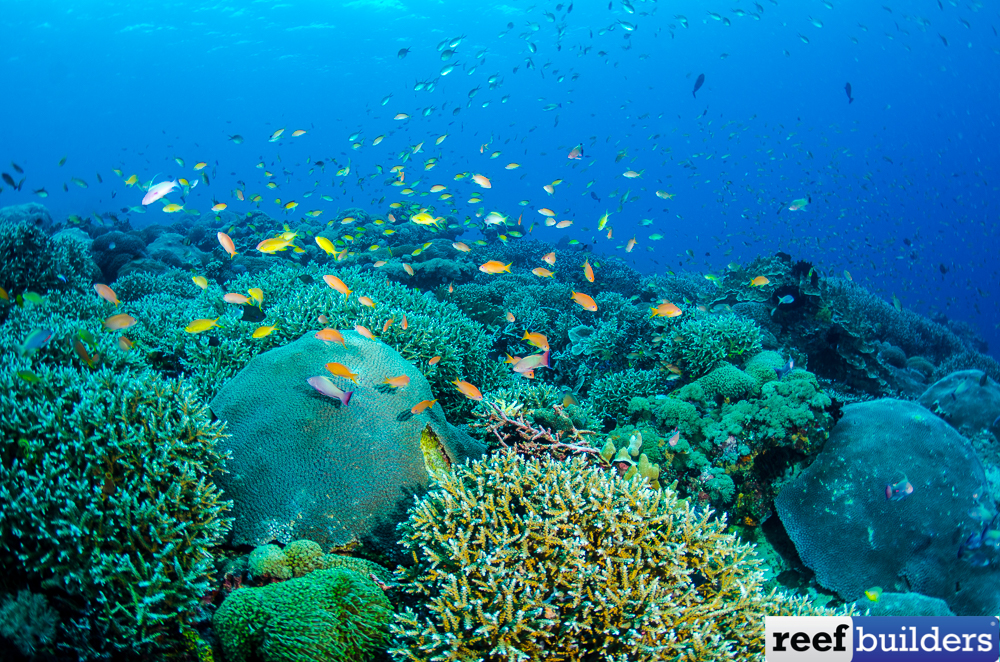
This is unfortunate because Galaxea they can be very pretty corals, especially if we looks at them on the macro level. If the massive colony shape is not very attractive, the level of finesse at the polyp level is astonishing. The beauty lies in the details and the very sharp needle like septal spines surrounded by a crown of tentacle is unique. Plus some colonies come with very colorful polyps.
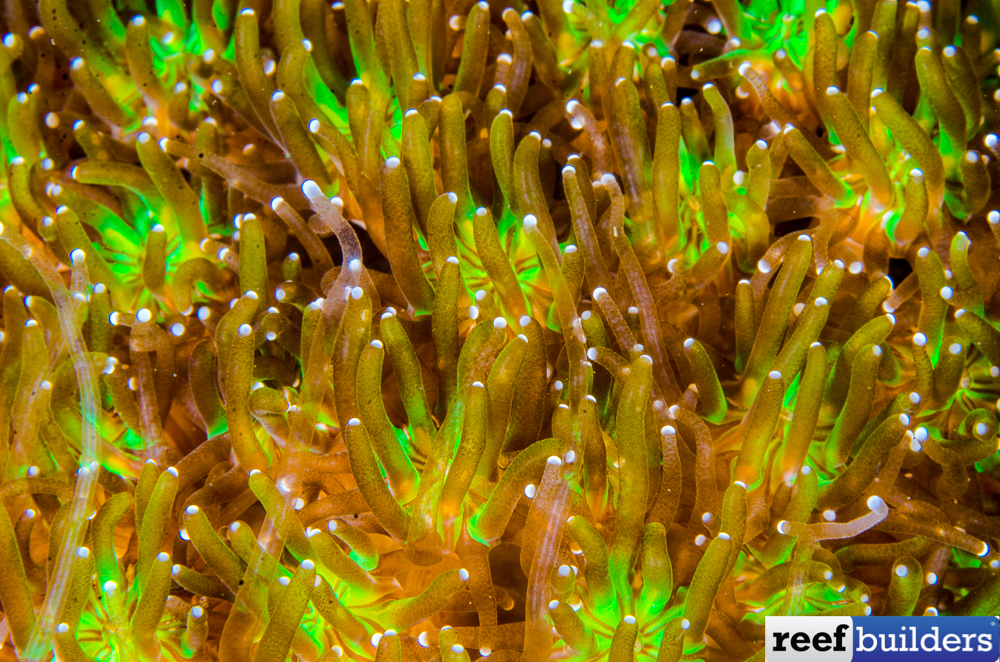
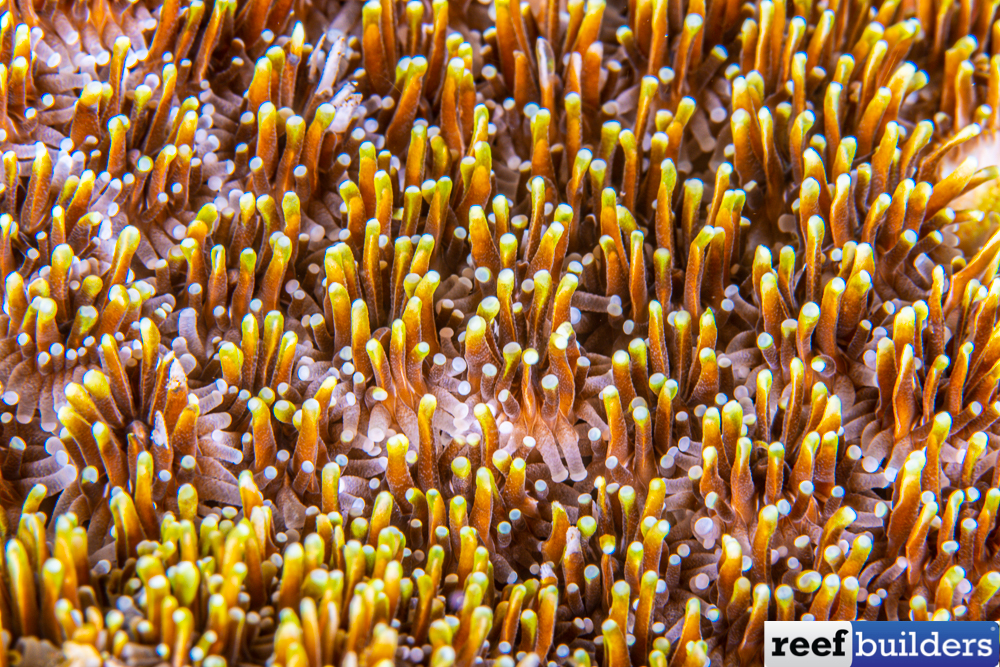
These very common coral belong to the Euphyllidae family, sharing traits with other notorious very aggressive corals such as Euphyllia glabrescens, which they often share habitat with.
Galaxea fascicularis
Galaxea fascicularis is probably the most common species of Galaxea, it often becomes dominant on some reefs and form colonies the size of trucks.
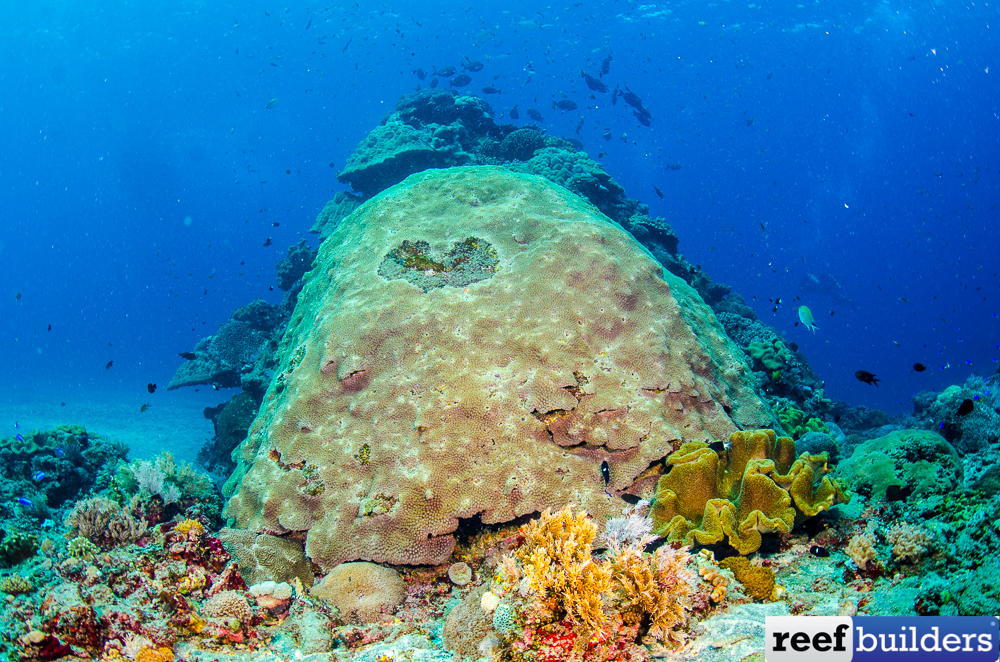
Large colonies, which frequently exceed 5 metres across, are columnar or massive. Corallites are of mixed sizes, usually less than 10 millimetres diameter with numerous septa.
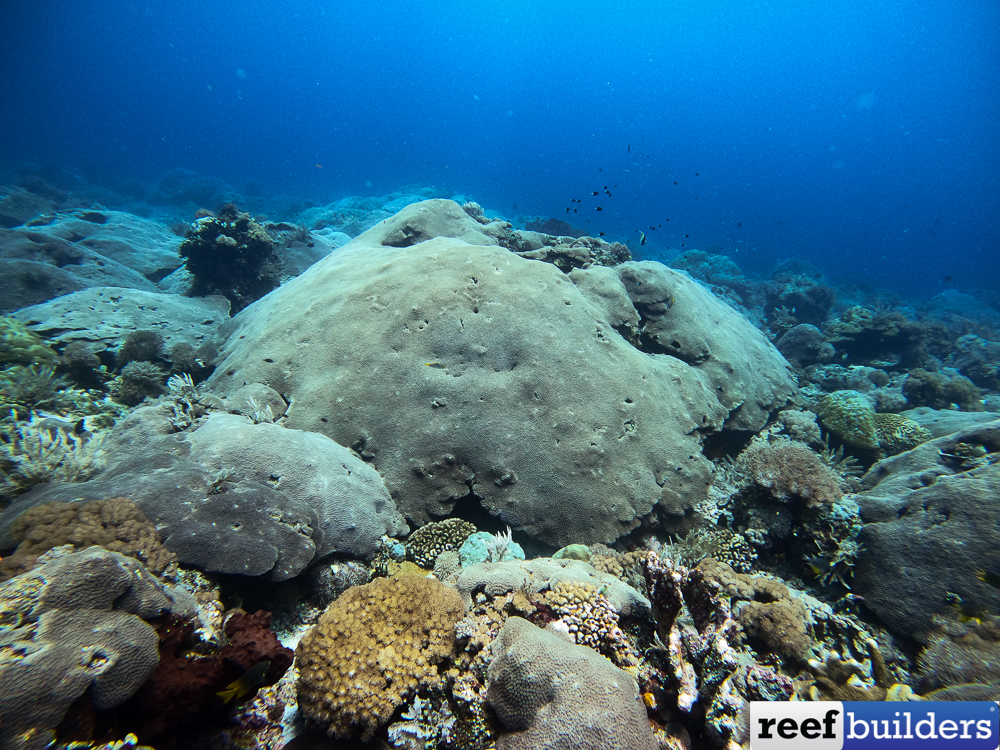
The massive colony shape of Galaxea is not the most interesting in term of creating fish habitat, but they nevertheless serve a very important function: Absorb wave energy and protect otherwise very fragile branching coral forest such as large, very weak Acropora fields.
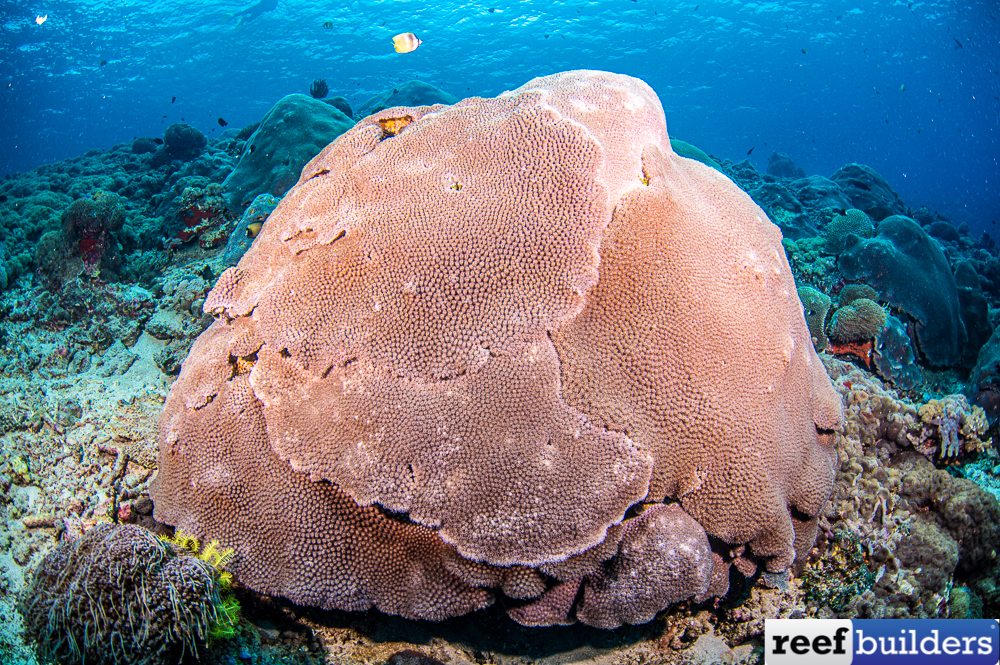
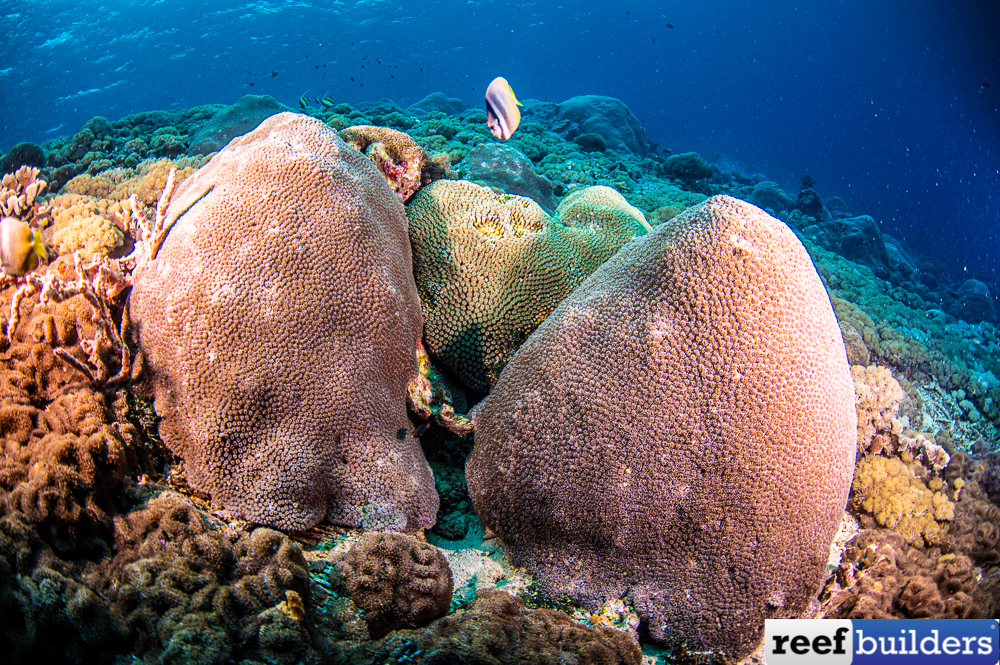
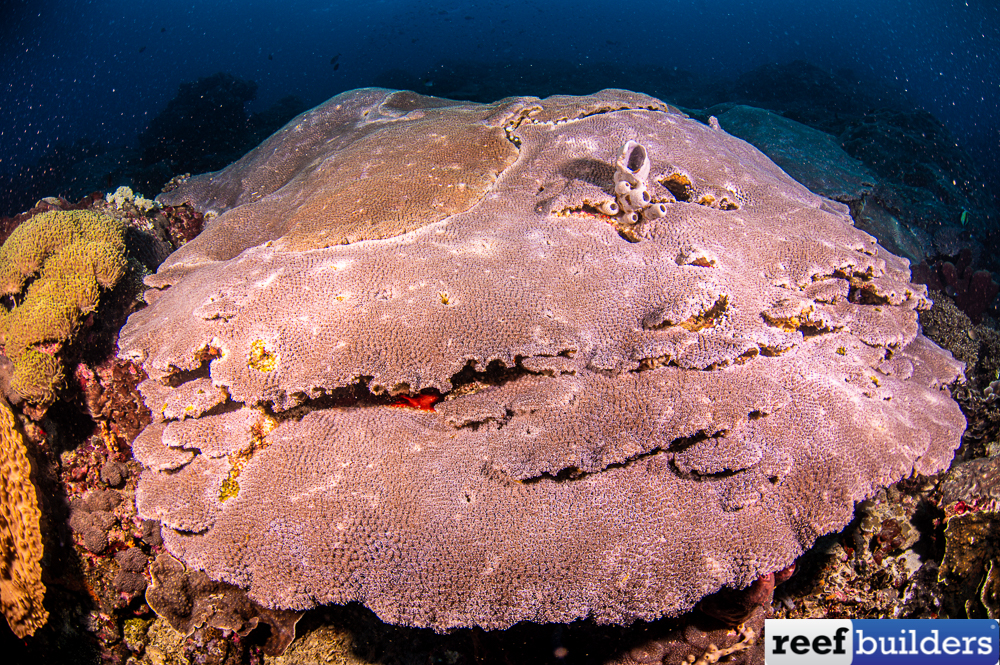
When we stop and start looking at these corals, something strikes our mind: How has this species has evolved to dominate these particular environment? Not only their aggression towards other species is necessary but it needs something to fuel all this and this is their fantastic capacity to extract food out of the flowing water. The strong flows, filled with nutrients, hit the colony where water is directed into channels surrounding their slightly elevated polyps and filled with nematocyst-dense tentacles.
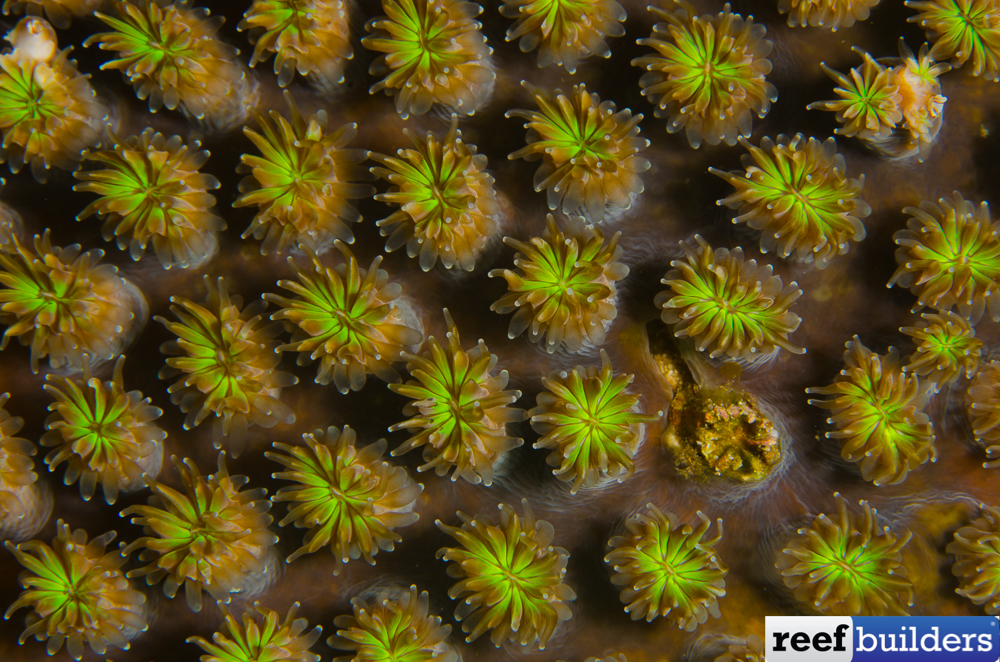
This structure is incredibly effective at extracting food out of fast flowing water. The channels create depressions, that slows down the flow, and allows tentacle to grab food. It’s a very finely tuned design. Nature at its best. 500 millions years of evolution to get the best filter-feeding machine possible.
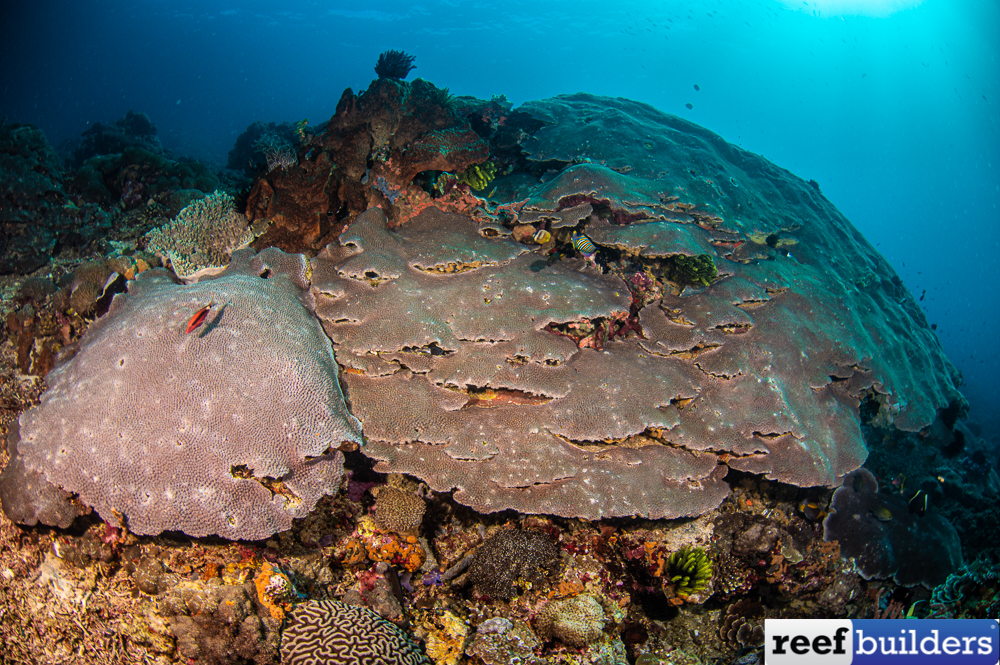
Hundred year old colonies only develop in very special places of the reef. They tend to favor very rich, high flow waters, especially the one found among high current straits that are common around Indonesia. Where the Pacific Ocean empty itself in the Indian Ocean, and what makes Indonesian waters so special. It takes quite a huge amount of food and thus flow to deliver on a constant basic the necessary food to fuel these giants.
Galaxea astreata
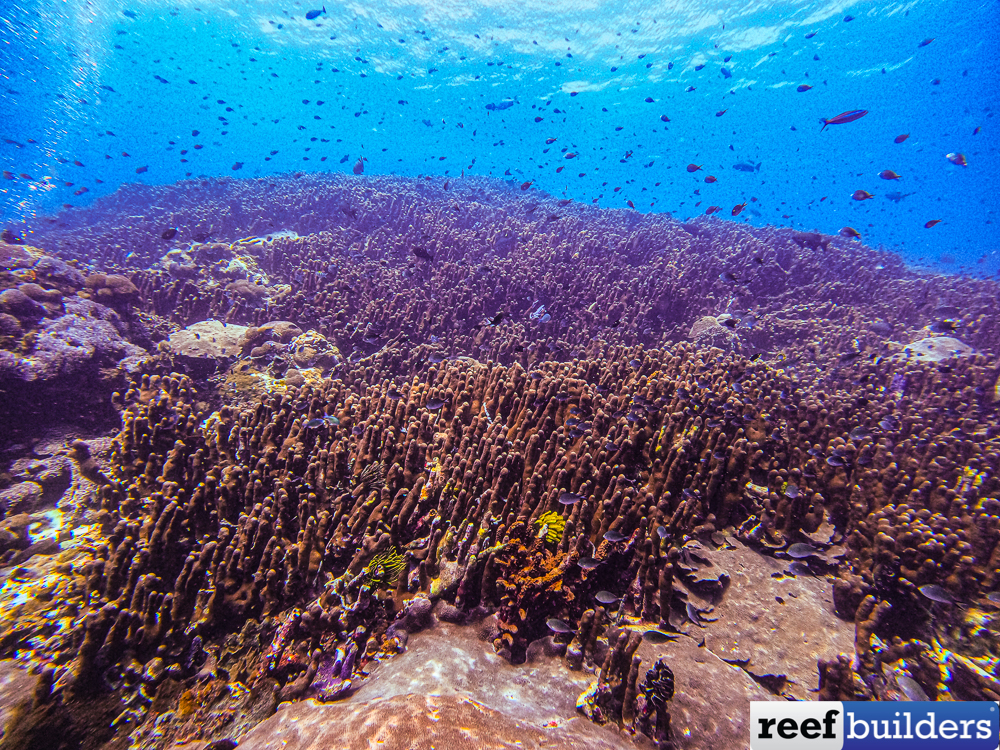
Galaxea astreata is another very impressive species, although not as common as its relative G. fascicularis. It prefers more sheltered, turbid waters. Its smaller polyps, usually 3-4.5 millimetres diameter are probably designed to catch slightly smaller animals, and in slower flow. It creates a different kind of depression, probably fine tuned with the columnar colony shape. Like a 2 step brake system.
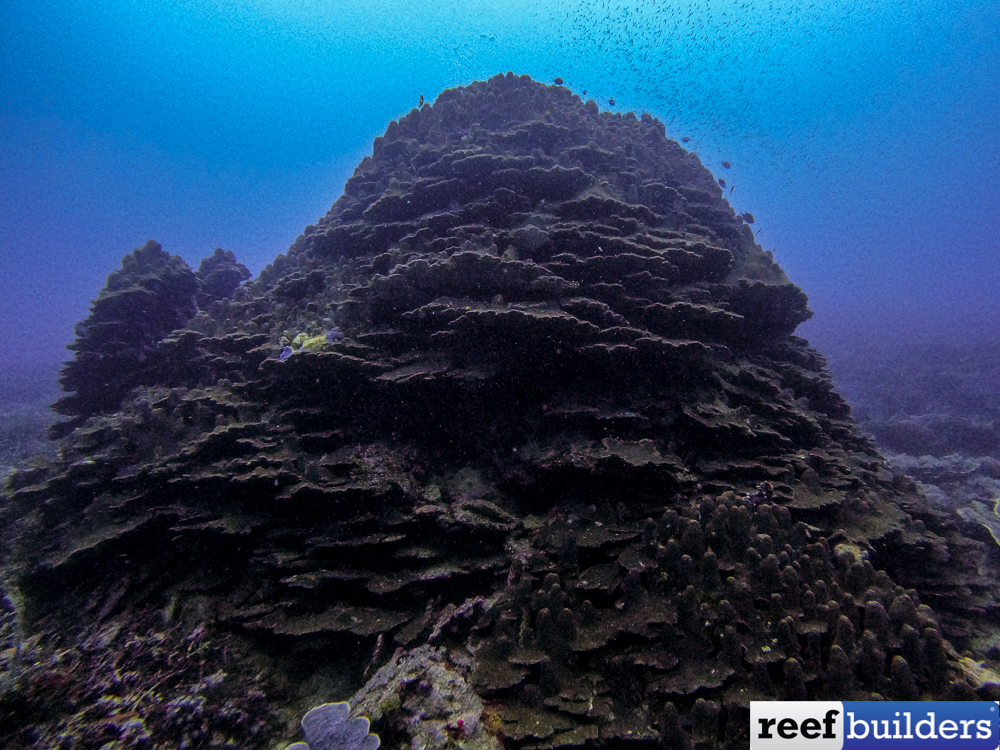
They nevertheless produce gigantic colonies. Their columnar colony shape are a great habitat for reef fish and numerous species of planktivorous fish shelter in them.
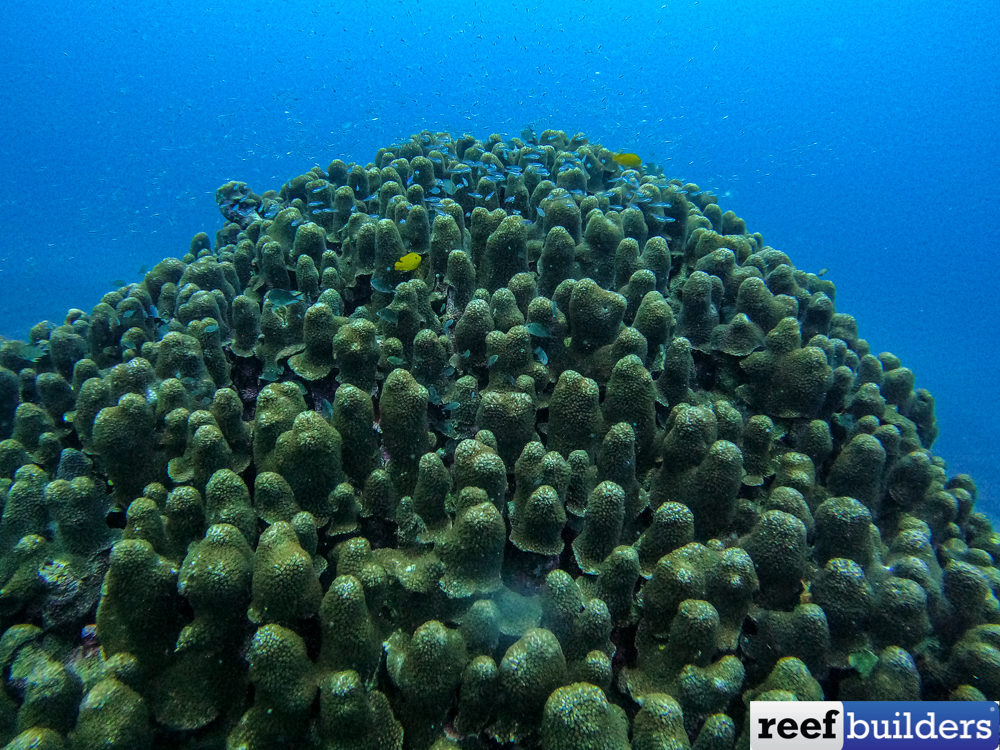
The fishlife that huge colonies of Galaxea harbor is always fascinating where a whole ecosystem is contained within the colony. Galaxea corals should be cherished and protected the same way Sequoia/redwood trees are. Unfortunately these coral ‘monuments’ live below the water surface where not many people can see them. Although highly under appreciated, they are nevertheless fascinating animals. Together with Ocean Gardener with spent a great amount of time, on finding easy, cheap, organic solution to restore some of these very special habitat.


